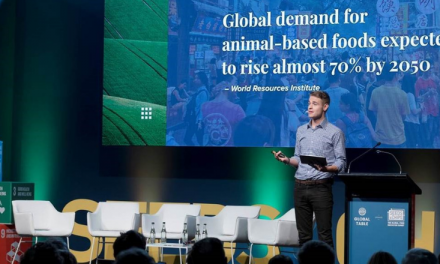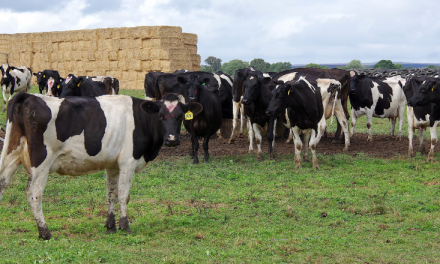The Australian horticulture sector continues to go from strength to strength, with the value of horticulture exports closing in on Australia’s lamb and dairy sectors.
That’s according to the In Focus: Horticulture report released today by National Australia Bank (NAB).
Analysing data from the Australian Bureau of Agriculture and Resource Economics and Sciences (ABARES), the report reveals the Australian horticultural sector is worth approximately $11.4 billion, with growth in export value a key feature.
NAB Agribusiness Economist, Phin Ziebell, said the growth in horticultural export value was closely linked to benefits flowing from the China-Australia Free Trade Agreement (ChAFTA), which entered into force in 2015.
“At a value of $3.2 billion, Australian horticulture exports are now comparable to those of lamb and mutton, and dairy, which are valued at $3.6 billion and $3.5 billion respectively,” Mr Ziebell said.
“Improved market access and lowered tariffs under ChAFTA have had a large impact, particularly on fruit. The value of Australian navel orange exports doubled in the first three years post-ratification, and mandarin export values tripled over the same period.”
The report shows the tree nut sector is booming, revealing a 67 per cent increase in Australian almond trees in the five years to 2017-18.
“In the past five years, the number of almond trees in Australia has increased to over 11 million. With nearly four million of these yet to mature to fruit bearing age, we anticipate the value of almond production is set to increase rapidly in the near to medium term,” Mr Ziebell said.
New opportunities in Asia have led to a resurgence in the table grape sector, with annual table and drying grape production increasing from 75,000 tonnes in 2011-12 to 164,000 tonnes in 2016-17.
“Permanent plantings in the Murray Darling Basin are increasing and are water intensive. With this planting increase, and lower and less certain rainfall and allocation availability, we anticipate a structural increase in water prices,” Mr Ziebell said.
The value of Australian vegetable production has increased to reach over $4 billion in 2017-18. The report shows that while domestic production is increasing, so too are vegetable imports.
“Vegetable imports now total over $1 billion per annum, predominantly consisting of frozen and processed food,” Mr Ziebell said.
“The trade position underlines the importance of market access for exports, as well as an internationally competitive food processing sector.
“Wholesale market prices for vegetables continue to display seasonal volatility but have not seen the major growth over the past decade that the fruit sector has enjoyed. The question of whether prices are sustainable at current levels remains open, particularly given higher input costs like water.”
The most recent NAB Agribusiness Banker Survey, released in May 2019, indicates that horticulture business conditions are positive and strongly outperforming agriculture more broadly.








